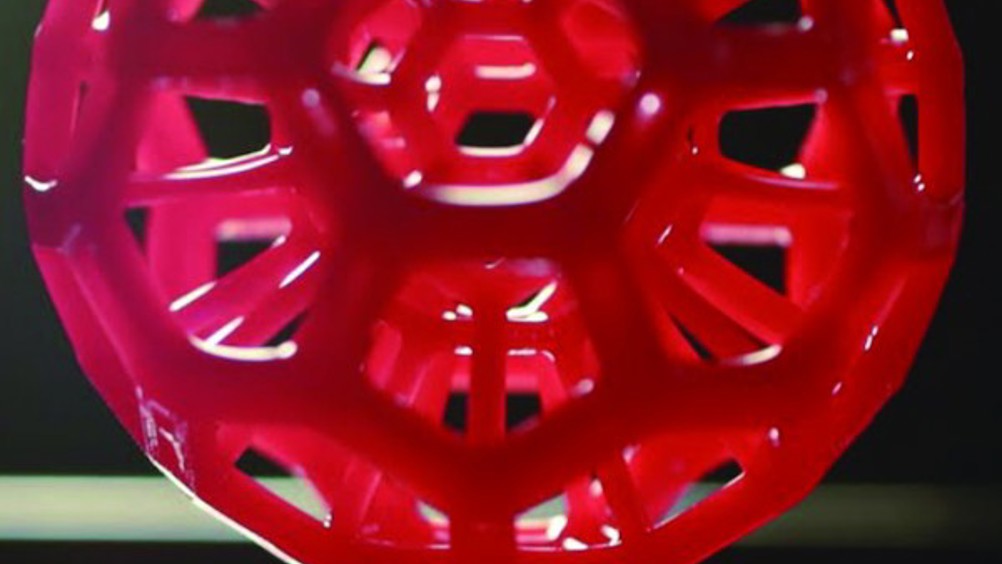Tuneable photochemistry outpaces layered approach to 3D fabrication
Tunable photochemistry has been used for the first time to fabricate 3D objects in a liquid, a development that represents a fundamentally new approach to 3D printing.

Developed by Carbon3D Inc, the new method lets objects continuously rise from a liquid media rather than being built layer by layer.
The technology reportedly allows products to be made 25 to 100 times faster than other methods and creates previously unachievable geometries that open opportunities for innovation not only in health care and medicine, but also in industries that include automotive and aerospace.
Joseph M. DeSimone, professor of chemistry at UNC-Chapel Hill and of chemical engineering at N.C. State, is currently CEO of Carbon3D where he co-invented the method with colleagues Alex Ermoshkin, chief technology officer at Carbon 3D and Edward T. Samulski, also professor of chemistry at UNC.
Dubbed CLIP - Continuous Liquid Interface Production – the technology manipulates light and oxygen to fuse objects in liquid media, creating the first 3D printing process that uses tunable photochemistry instead of the layer-by-layer approach that has defined the technology for decades.
Register now to continue reading
Thanks for visiting The Engineer. You’ve now reached your monthly limit of news stories. Register for free to unlock unlimited access to all of our news coverage, as well as premium content including opinion, in-depth features and special reports.
Benefits of registering
-
In-depth insights and coverage of key emerging trends
-
Unrestricted access to special reports throughout the year
-
Daily technology news delivered straight to your inbox










UK Enters ‘Golden Age of Nuclear’
The delay (nearly 8 years) in getting approval for the Rolls-Royce SMR is most worrying. Signifies a torpid and expensive system that is quite onerous...